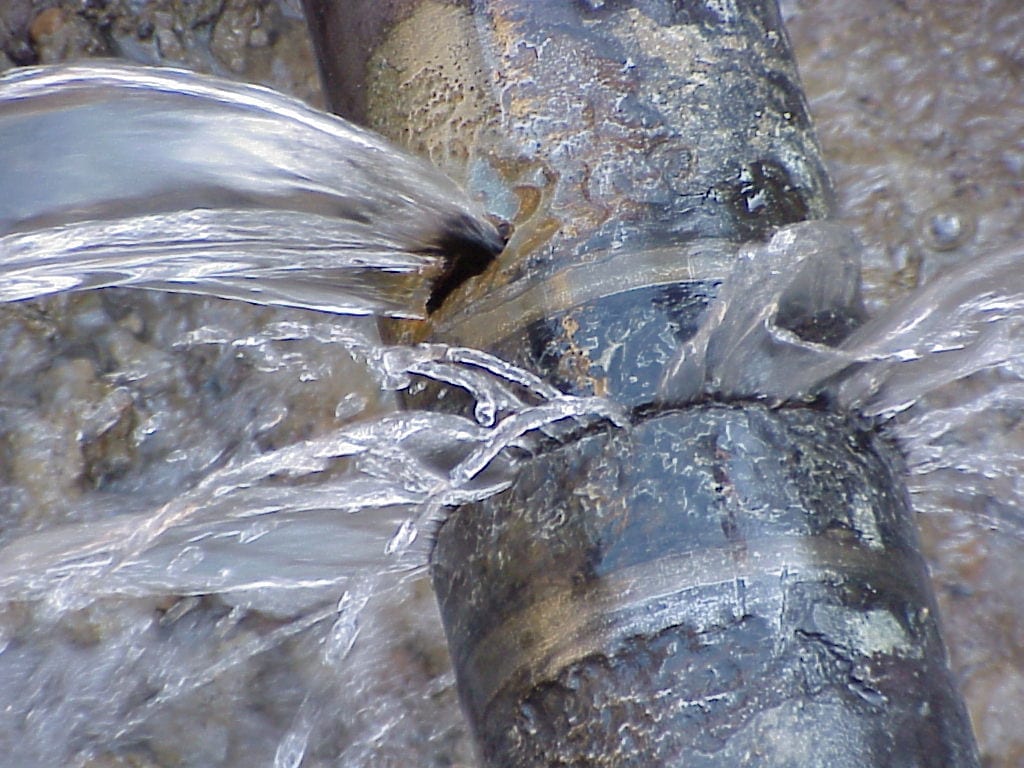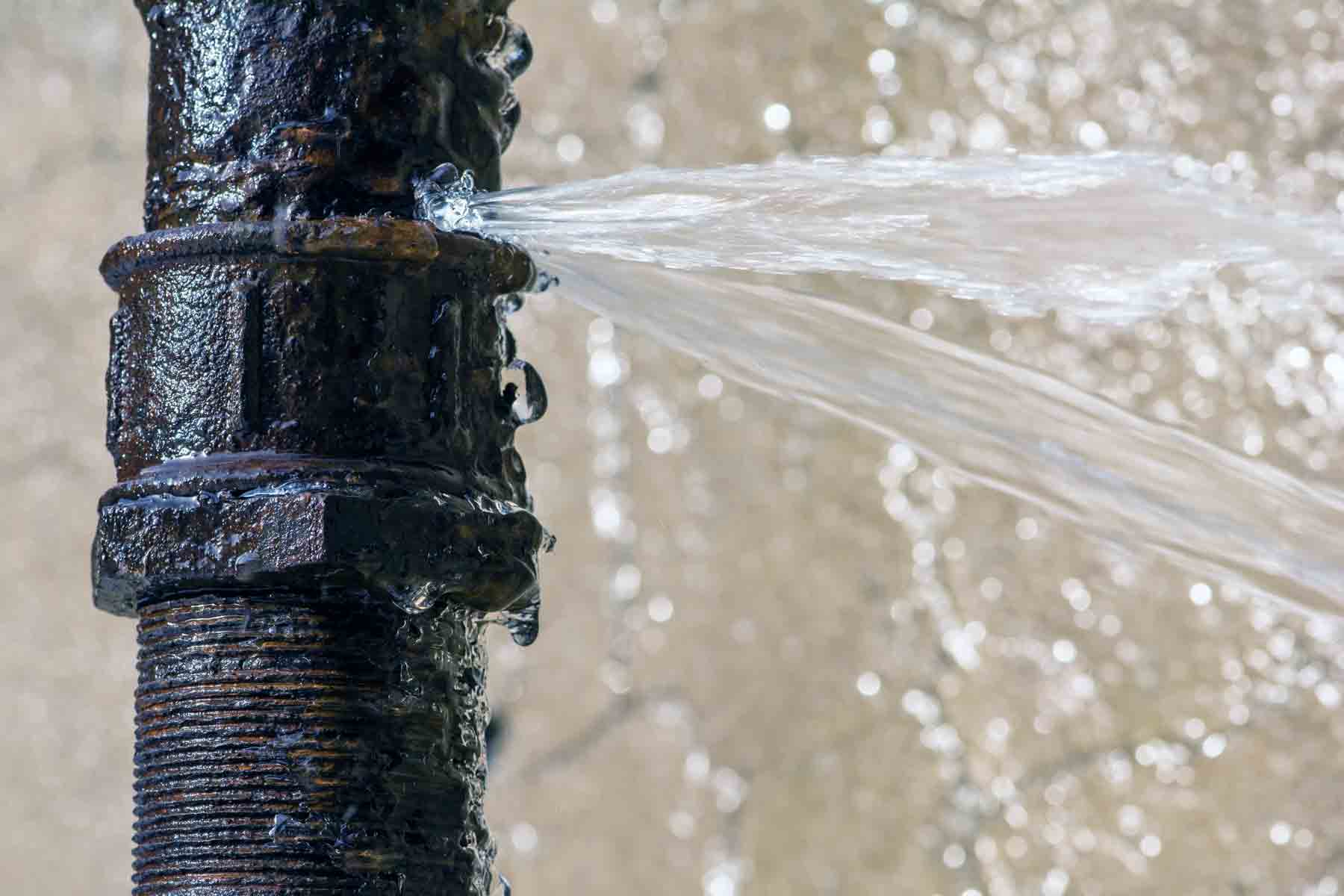Understanding the Causes of a Burst Pipe and How to Prevent It
Understanding the Causes of a Burst Pipe and How to Prevent It
Blog Article
Avoiding Ruptured Pipeline: Vital Tips to Safeguard Your Pipes
Avoiding ruptured pipelines is an essential worry for home owners, specifically during colder months when the threat of cold is heightened. Applying strategic steps such as appropriate insulation, regular assessments, and keeping regular interior temperature levels can significantly reduce the probability of pipe failure.
Understand Pipeline Vulnerabilities
Recognizing pipe susceptabilities is essential for effective pipes maintenance and avoiding pricey damage. Numerous variables add to the susceptibility of pipes to ruptureds, consisting of product make-up, age, and ecological conditions. Older pipes, particularly those made from galvanized steel or polybutylene, commonly break down with time, resulting in raised danger of ruptures and leaks.
Temperature level variations can also dramatically influence pipeline stability. In cooler climates, water caught in pipes can freeze, broadening and applying pressure on the pipe wall surfaces, which might inevitably lead to a burst. High water pressure can stress pipes, particularly at joints and bends, enhancing the chance of failing.

Insulate Pipes Effectively
Proper insulation of pipelines is vital for preventing cold and subsequent ruptureds throughout chilly climate (burst pipe). Shielding your plumbing system properly safeguards against temperature level drops that can cause pricey damage. Begin by determining prone areas where pipes are revealed to exterior temperatures, such as basements, attic rooms, and exterior wall surfaces
Use foam pipe insulation sleeves or wrap insulation tape around these locations to supply a safety barrier. Make sure that all sections of the pipes, specifically those with minimal heat exposure, receive adequate insulation. Pay unique interest to joints and fittings, as these are much more susceptible to cold.
When protecting, it's necessary to select materials that fulfill regional building regulations and are suitable for the details environment. For example, fiberglass insulation is typically advised for its thermal resistance homes - burst pipe. Furthermore, consider making use of warm cables or tape in severe problems, which can be plugged in to provide supplementary heat
Routinely evaluate insulated pipelines for any kind of indications of wear or damages, as compromised insulation can reduce its effectiveness. By taking these positive measures, you substantially reduce the risk of pipeline ruptureds, guaranteeing a reliable pipes system throughout the winter season months.
Maintain Consistent Temperature
A secure indoor temperature is important for preventing ruptured pipelines during the cold months. When temperature levels decrease, water within pipes can ice up, creating and increasing stress that may ultimately create the pipes to ruptured.Using a programmable thermostat can help take care of interior temperatures effectively, making certain that spaces with plumbing continue to be warm also when the home is unoccupied.
On top of that, it is sensible to allow taps to drip a little during severe chilly spells. This small flow of water can prevent cold by easing pressure within the pipelines. In addition, during especially extreme climate occasions, consider briefly putting on hold any nighttime obstacles on your thermostat to maintain a steady warm environment. By implementing these strategies, property owners can significantly lower the danger of pipeline ruptureds and safeguard their plumbing systems against the rough winter components.
Regularly Inspect Plumbing
Regular inspections of pipes systems are essential for stopping burst pipes and keeping overall home integrity. Routine checks click over here now permit house owners to determine potential concerns prior to they escalate right into expensive fixings or major water damage. During these inspections, it is important to analyze visible pipes for signs of deterioration, leakages, or wear. Pay unique focus to areas susceptible to freezing, such as cellars, attic rooms, and exterior walls.
Furthermore, checking links and joints is essential, as these factors are typically susceptible to leakages. Property owners ought to likewise examine water pressure levels, as extreme stress can stress the plumbing system and boost the risk of pipe bursts.
Take into consideration scheduling expert pipes examinations at the very least as soon as a year, especially before winter months, to ensure your system is prepared for colder temperature levels. By being aggressive in your strategy, you can safeguard your home against the turbulent and costly consequences of burst pipes.
Know Emergency Procedures
Comprehending emergency situation treatments is vital for every property owner, particularly after conducting regular plumbing inspections. Being gotten ready for a plumbing emergency can dramatically minimize damages and conserve expenses. Situate your major water shut-off shutoff; it is commonly located near the water meter or where the primary line enters your home. Familiarize yourself with its procedure, as turning off the water swiftly can stop substantial flooding.
Following, keep important devices helpful. A plumbing emergency situation set ought to include a wrench, plunger, and towels, along with a flashlight and a container for tiny leakages. In addition, take into consideration having the call information for a relied on plumbing technician easily offered, must the situation escalate past your control.
If you identify a leakage or ruptured pipe, promptly Click This Link switch off the water system and alert your plumbing. Document the damages with pictures for insurance coverage objectives. Understand the indicators of potential pipes concerns, such as uncommon water stress fluctuations or damp areas on wall surfaces
Ultimately, positive understanding and speedy action are critical in managing plumbing emergency situations, guaranteeing your home remains secured and minimizing potential damage.

Conclusion
To conclude, protecting against burst pipes demands a diverse approach that consists of understanding pipeline vulnerabilities, correct insulation, preserving consistent interior temperatures, normal assessments, and knowledge of emergency situation procedures. By applying these necessary techniques, the threat of plumbing failings can be substantially decreased, therefore making sure the longevity and efficiency of the plumbing system. Positive measures not just safeguard against prospective damage however also add to total water conservation and the protection of residential property.
In colder climates, water entraped in pipelines can ice up, exerting and broadening pressure on the pipeline wall surfaces, which might ultimately lead to a ruptured. When temperature levels drop, water within pipes can ice up, expanding and producing pressure that might ultimately cause the pipes to burst. By implementing these approaches, house owners can significantly decrease the danger of pipeline ruptureds and safeguard their plumbing systems page against the rough wintertime elements.

Report this page